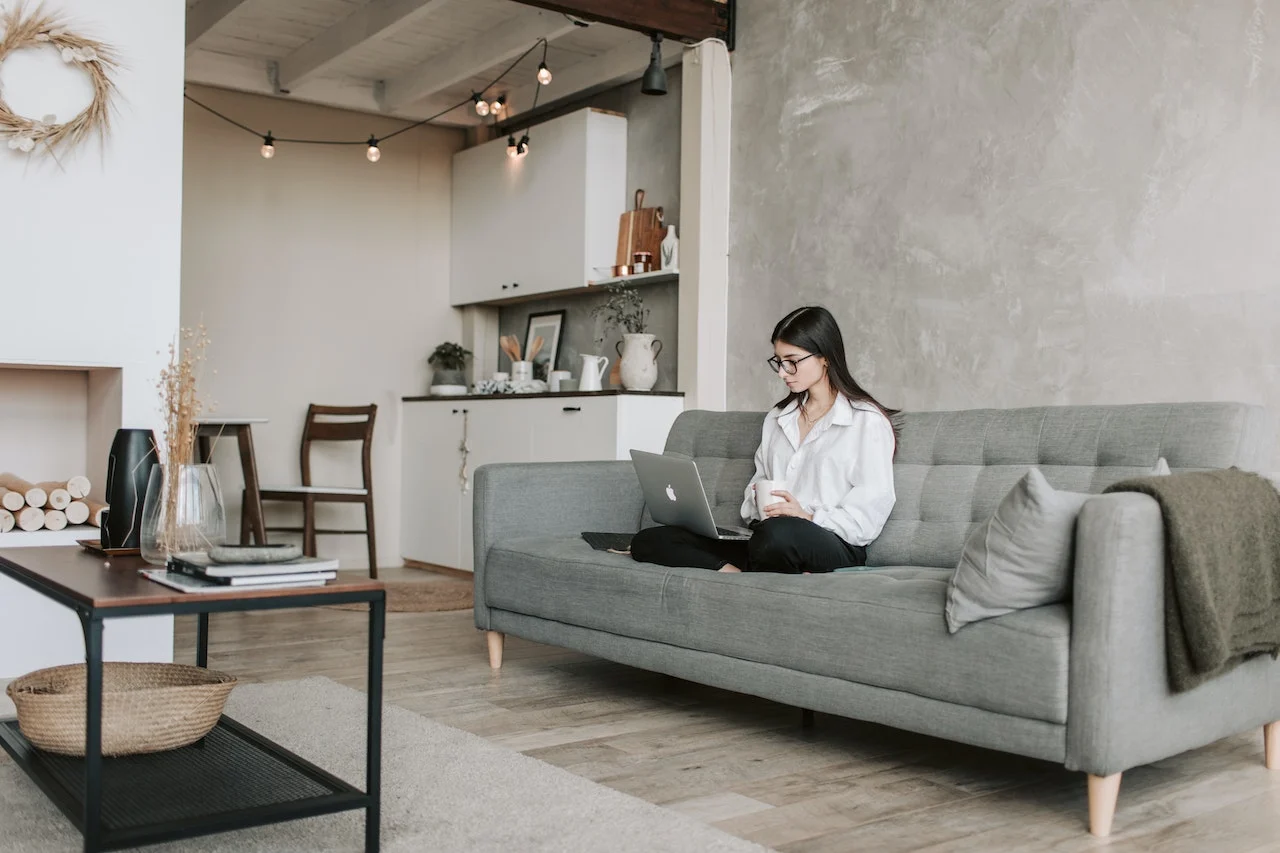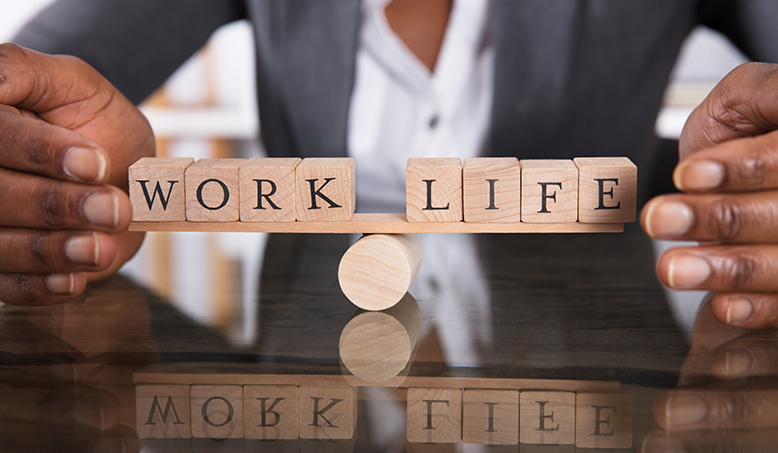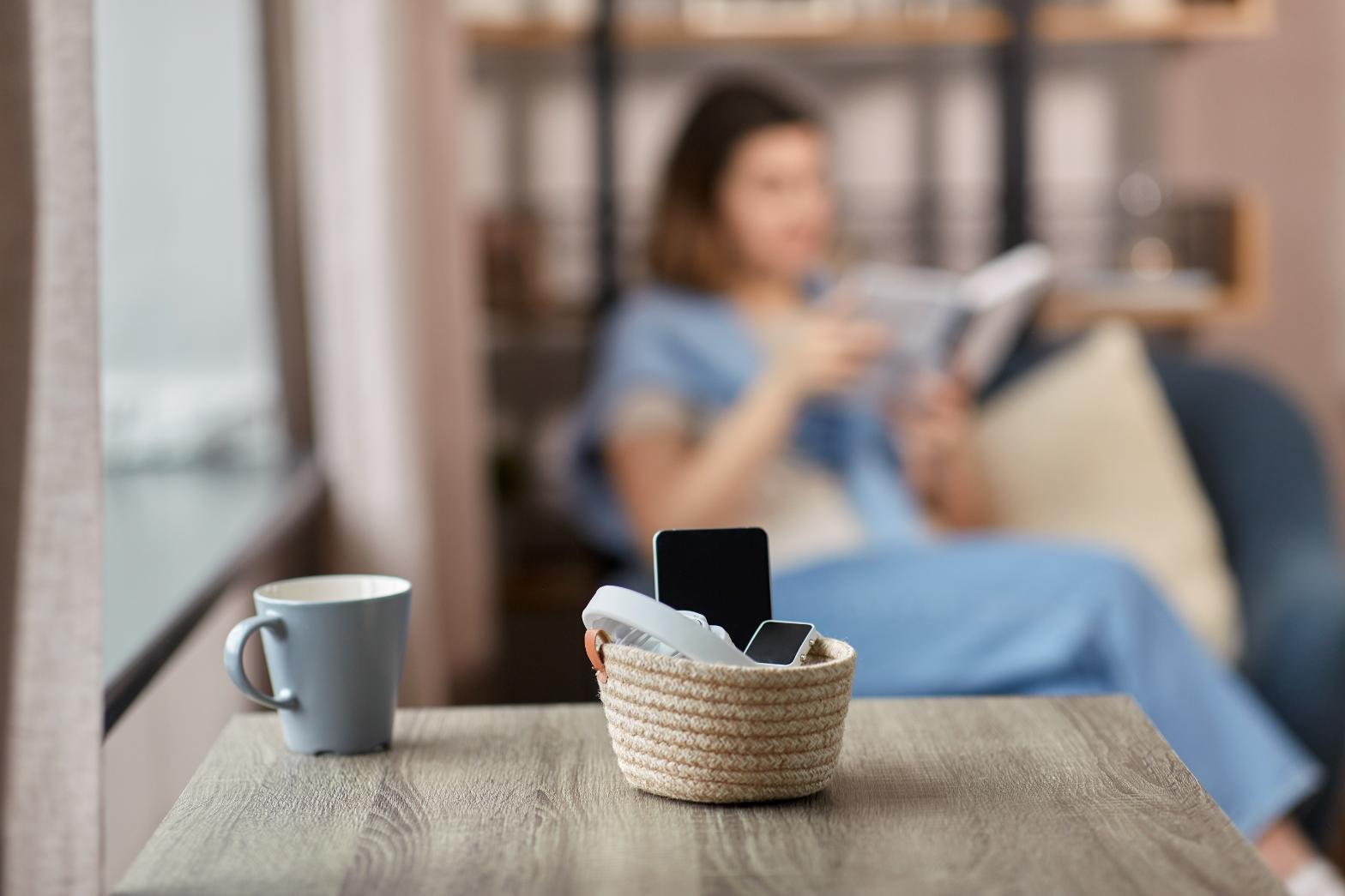1. Define Your “Why”
Before starting a minimalist lifestyle, it’s crucial to define your purpose. Minimalism is not about owning nothing but about creating space for what truly matters. Ask yourself why you want to simplify your life. Is it to reduce stress, save money, or gain more freedom? Clarifying your “why” will give you motivation when challenges arise. Write your reasons down in a journal or note-taking app, so you can revisit them when you feel overwhelmed. Minimalism is a personal journey, and what works for someone else might not work for you. By knowing your motivations, you’ll be able to make intentional decisions about what to keep, what to let go, and what habits to change. This first step ensures your shift toward minimalism is not just a trend but a sustainable lifestyle choice.
2. Declutter Your Space
Decluttering is the most visible step toward minimalism and can have an immediate impact on your mindset. Start small by focusing on one category or one area, such as your closet, desk, or kitchen counter. Sort items into three groups: keep, donate, or discard. Be honest with yourself about what you actually use and value. If an item hasn’t served a purpose in the past six months to a year, it might be time to let it go. Decluttering doesn’t have to be a one-day project — work in short, focused sessions to avoid burnout. As your space becomes clearer, you’ll likely feel more focused and less stressed. A tidy environment sets the tone for a calmer, more intentional life, which is one of the main goals of minimalism.
3. Simplify Your Schedule
Minimalism isn’t just about physical possessions — it’s also about how you spend your time. Evaluate your calendar and commitments to see where you can create more space. Are there activities, meetings, or obligations that drain your energy without adding value? Learn to say no to things that don’t align with your priorities. Consider batching similar tasks together, such as meal prep, errands, or work emails, to free up more time for rest and creativity. A simplified schedule allows you to focus on experiences and relationships that matter most. It can also reduce stress and prevent burnout by giving you breathing room in your daily routine. The goal is to create a life that feels intentional rather than rushed, so you can enjoy the present moment.
4. Practice Mindful Consumption
Minimalism doesn’t mean you can’t buy anything new, but it encourages you to be mindful about your purchases. Before buying something, ask yourself whether you truly need it and whether it aligns with your values. Focus on quality over quantity — investing in well-made items that last longer often saves money in the long run. Avoid impulse buying by giving yourself a waiting period before making non-essential purchases. You might find that the desire to own the item fades over time. Mindful consumption also applies to digital life — unsubscribe from unnecessary emails, limit screen time, and curate your social media feeds. Being intentional about what you consume helps prevent clutter from building up again and keeps you aligned with your minimalist goals.
5. Focus on Gratitude and Growth
Finally, minimalism is about more than clearing clutter — it’s about creating space for gratitude, self-growth, and meaningful experiences. Take time each day to appreciate what you already have rather than focusing on what’s missing. This mindset shift can make you feel more fulfilled with less. Journaling, meditation, or simply reflecting on small moments of joy can help cultivate gratitude. Use the extra time and mental clarity gained from minimalism to pursue hobbies, learn new skills, or strengthen relationships. The goal is to fill your life with intention rather than possessions. Minimalism becomes sustainable when it enhances your happiness and supports your personal growth, rather than feeling like a restriction.




